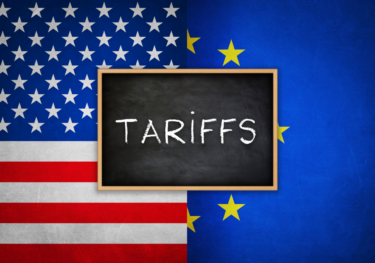Why the next era of inflation may be benign globally
A return to the sustained ‘lowflation’ of the 2010s is unlikely, in our view. But we also doubt that the economic landscape has changed significantly enough that inflation will ‘unanchor’ from target at a higher level. Over the longer-term, we expect inflation to average around 2%, though this will include longer periods above target than was the norm post-financial crisis.
What you will learn:
- After a period of exceptionally low and stable inflation in the 2000s and 2010s, several factors –especially greater geopolitical instability and a more extreme climate – could lead to more supply shocks in the future. This increases the chances of inflation spiking up.
- Whether inflation will be generally higher or just more volatile will depend on the economic backdrop and how central banks respond. We expect higher policy rates on average, partly because domestic demand is unlikely to be as persistently weak as in the 2010s, so a repeat of the last decade’s private sector deleveraging and fiscal austerity seems unlikely.
- At the same time, the chances that strong demand will pose a risk of persistently high inflation seem overblown. More spending on defence, the greening of the economy, and aging doesn’t automatically mean bigger budget deficits. But if they do rise, then policy rates would likely be higher to offset the effect.

Tags:
Related Posts

Post
Higher tariffs damage UK growth prospects
Despite the recent appreciation, our The flurry of tariff announcements by the US government over recent weeks have impacted on our UK and global forecasts, published this week. Here, we explain the changes for the UK.
Find Out More
Post
Eurozone: Euro will cushion, but not offset, the tariff impact
Despite the recent appreciation, our forecast still sees a weaker euro versus the US dollar compared to our pre-US election baseline. We think this will partially mitigate the adverse growth impact of tariffs. But extra-Eurozone exports have become less sensitive to a weaker euro over time, so currency depreciation cannot be relied on to offset the adverse impact of price shocks on Eurozone exports.
Find Out More
Post
Europe’s growth cut as Trump hits EU with 20% tariffs
Our initial estimates of the direct impact from the US decision to raise tariffs on imports from the EU and other countries shows it could shave 0.2ppts-0.3ppts off annual Eurozone GDP growth this year and next. But this does not include the impact that the associated trade uncertainty will have on investment, so we will likely cut our GDP growth forecast by more.
Find Out More